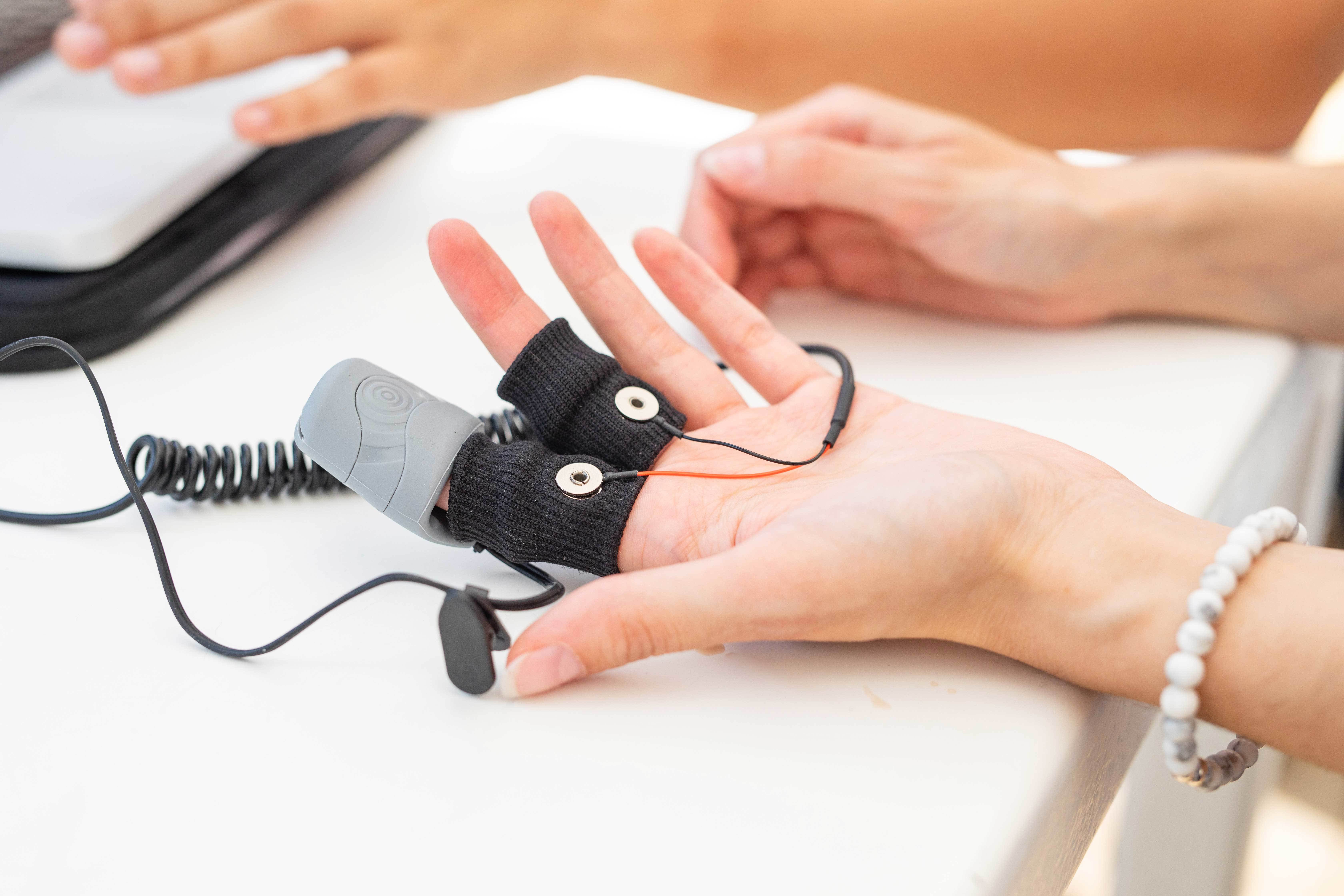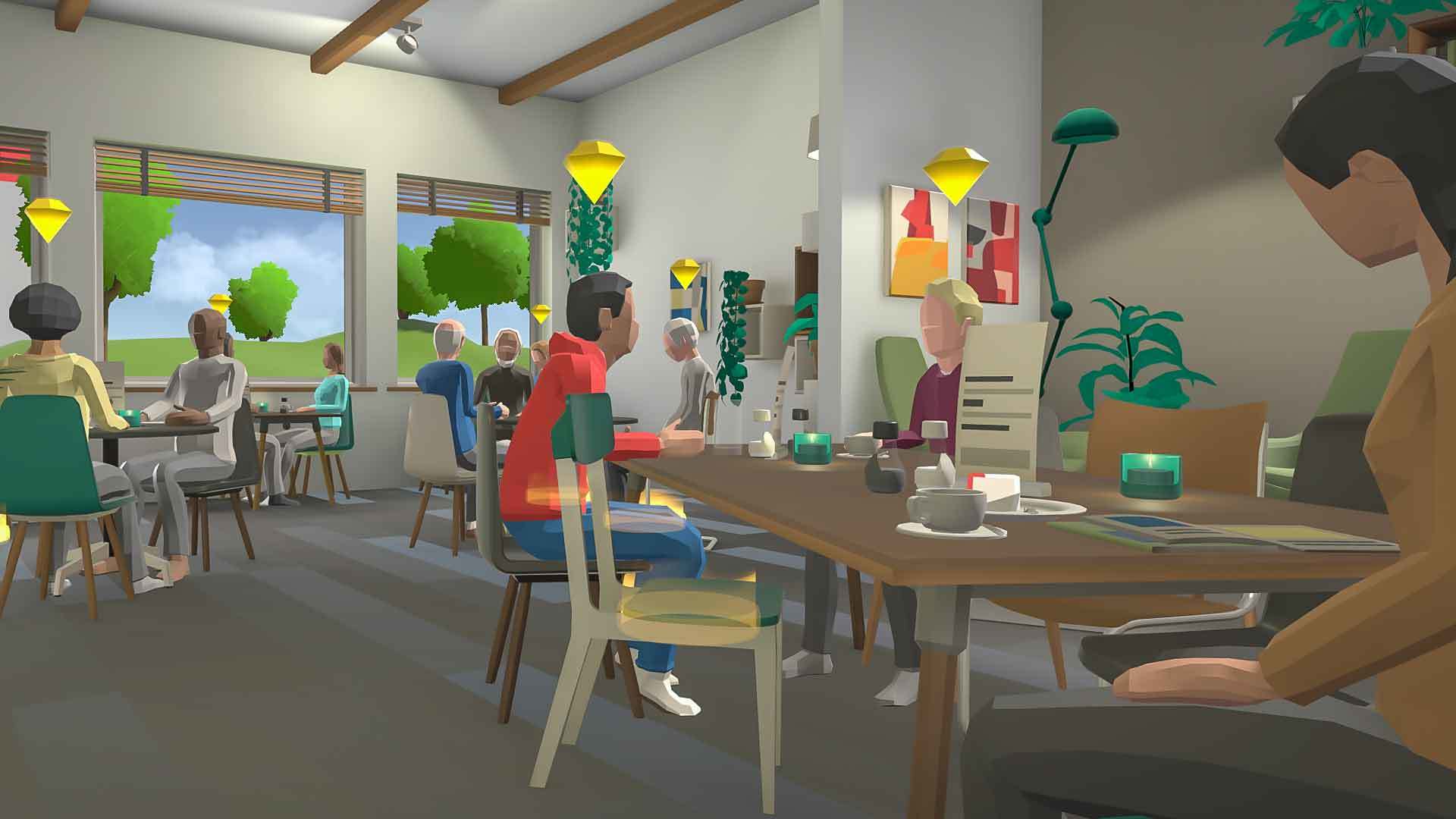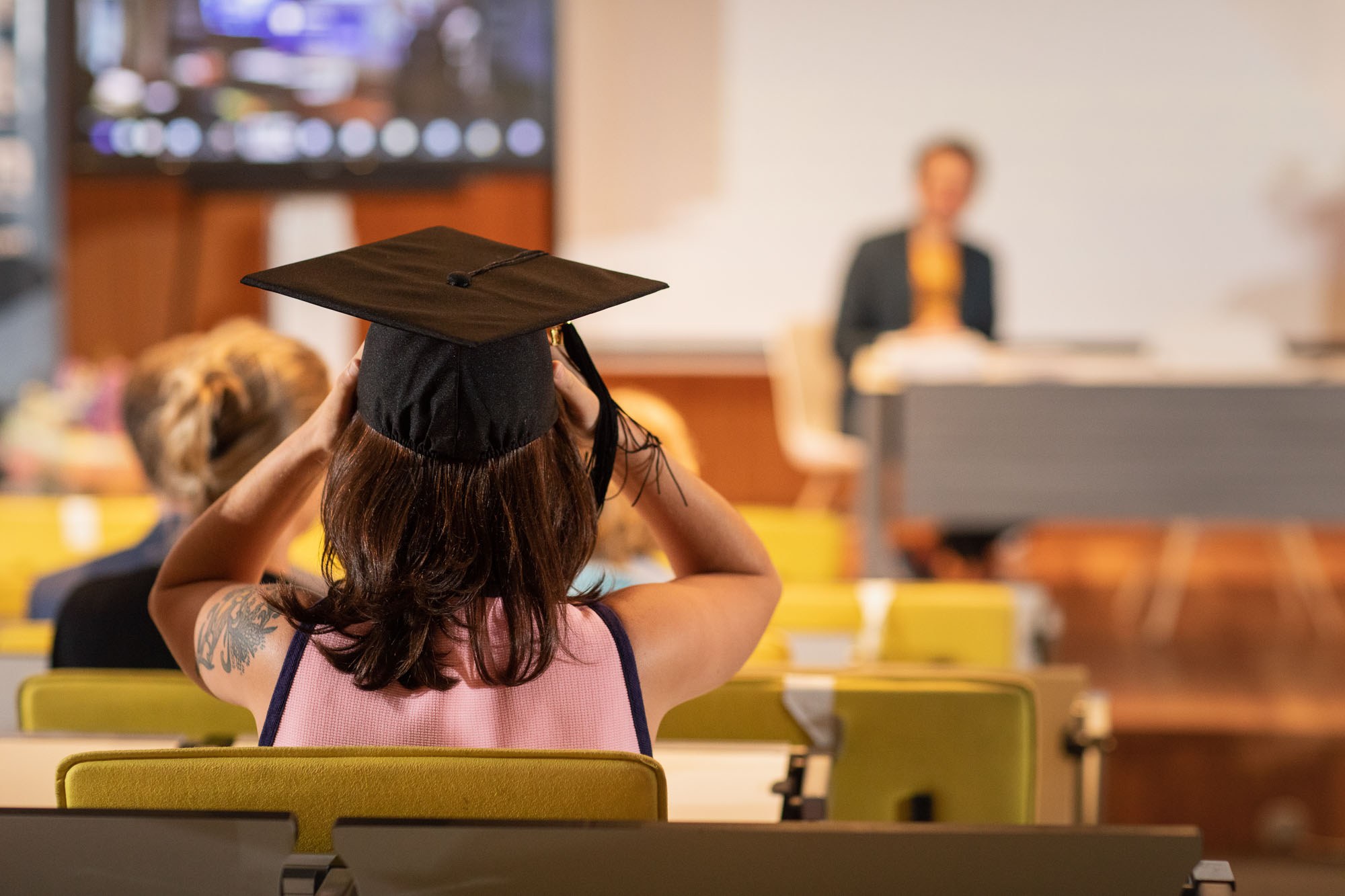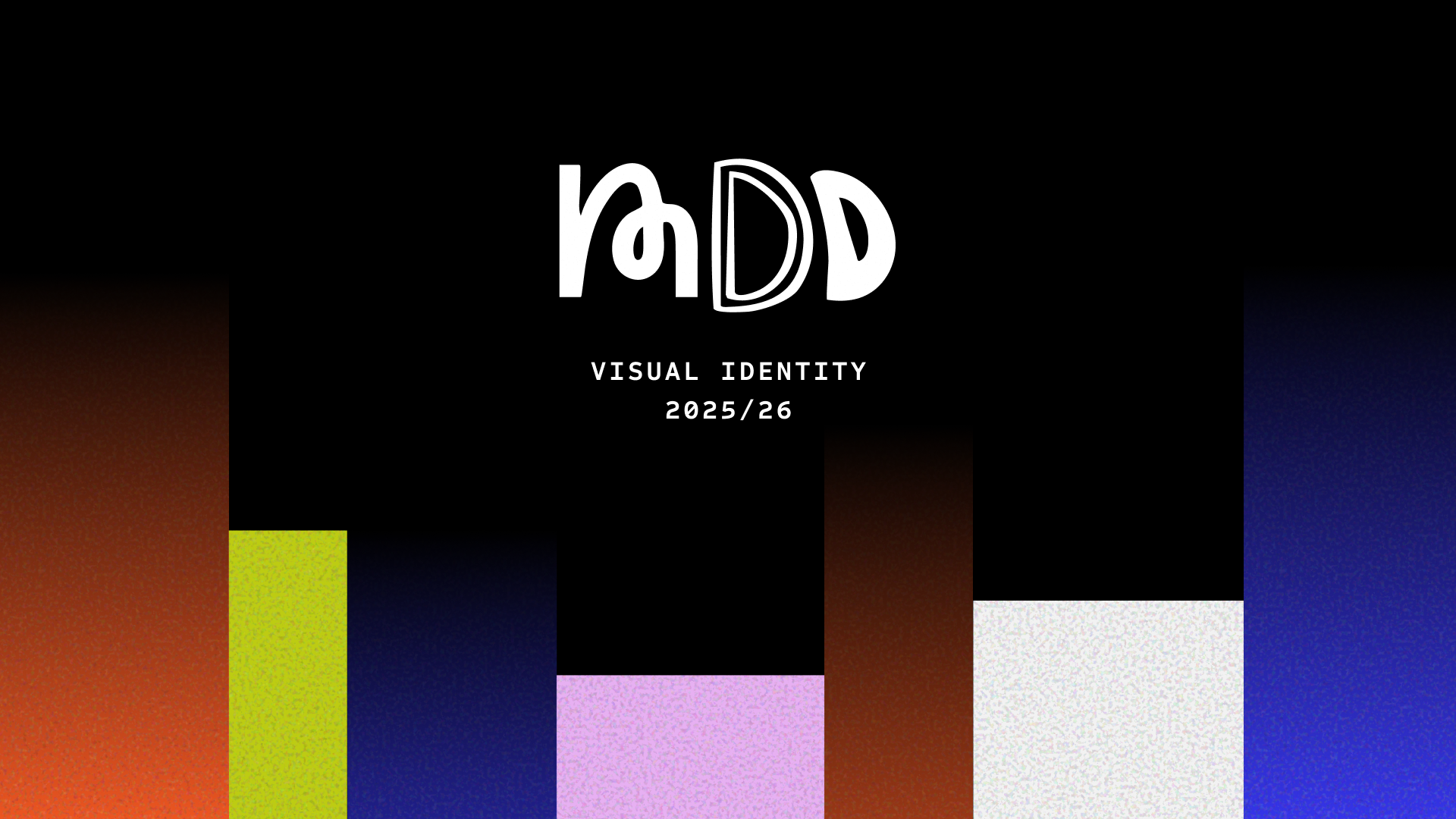Master Digital Design students present project at prestigious DIS conference in San Diego

The project looks into bio-feedback to assist in psychotherapy
It’s nothing new that psychotherapists are making use of modern technology to assist in the treatment of their patients. But personalization remains challenging.
Now, students of the Master Digital Design (Amsterdam University of Applied Science) have programmed and designed a system that could get therapists closer to the emotional state of the patient and help them adjust the course of the treatment in real-time.
The project is being presented at this year’s Designing Interactive Systems (DIS) conference in San Diego.
The ACM conference on Designing Interactive Systems (DIS) is the premier interdisciplinary conference for designers, artists, theorists, and practitioners in the field of digital creativity. DIS is highly selective in its review process and works featured there often set the trend in upcoming design and research.
Publishing at DIS is a badge of honour for researchers worldwide. And now that includes Master Digital Design students Alexandra Gurita, Maria Soliman, Venus Chung, and Will Neeteson.

The group worked with the company Ijsfontein, which had already developed a VR environment that mirrored the experience of being a waiter in a café. The patients take the role of serving other people and communicating with them. The therapists “accompany” the users by watching the events on an external screen and by directing the narrative that the patient is experiencing.
However, therapists can now go further. The students programmed sensors that attach to finger tips to collect two types of data: heart-rate and galvanic skin response. These are sent to the therapist’s screen. Based on the patient’s data, the therapist can better understand the patient’s emotional response to each situation and adjust the course of the treatment.
So far, the students used proxy-users to test the system, but their initial results offered great opportunities for a larger-scale project.
To learn more about the project: www.masterdigitaldesign.com/case/ijsfontein

